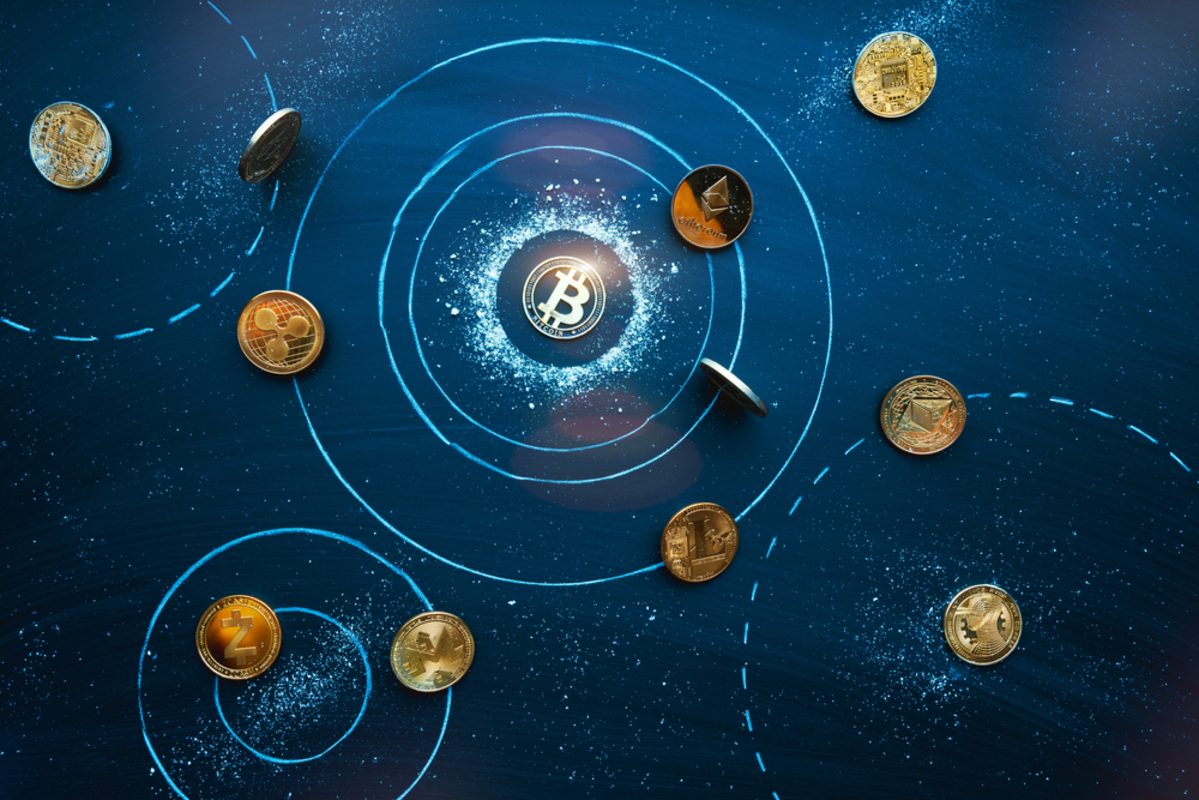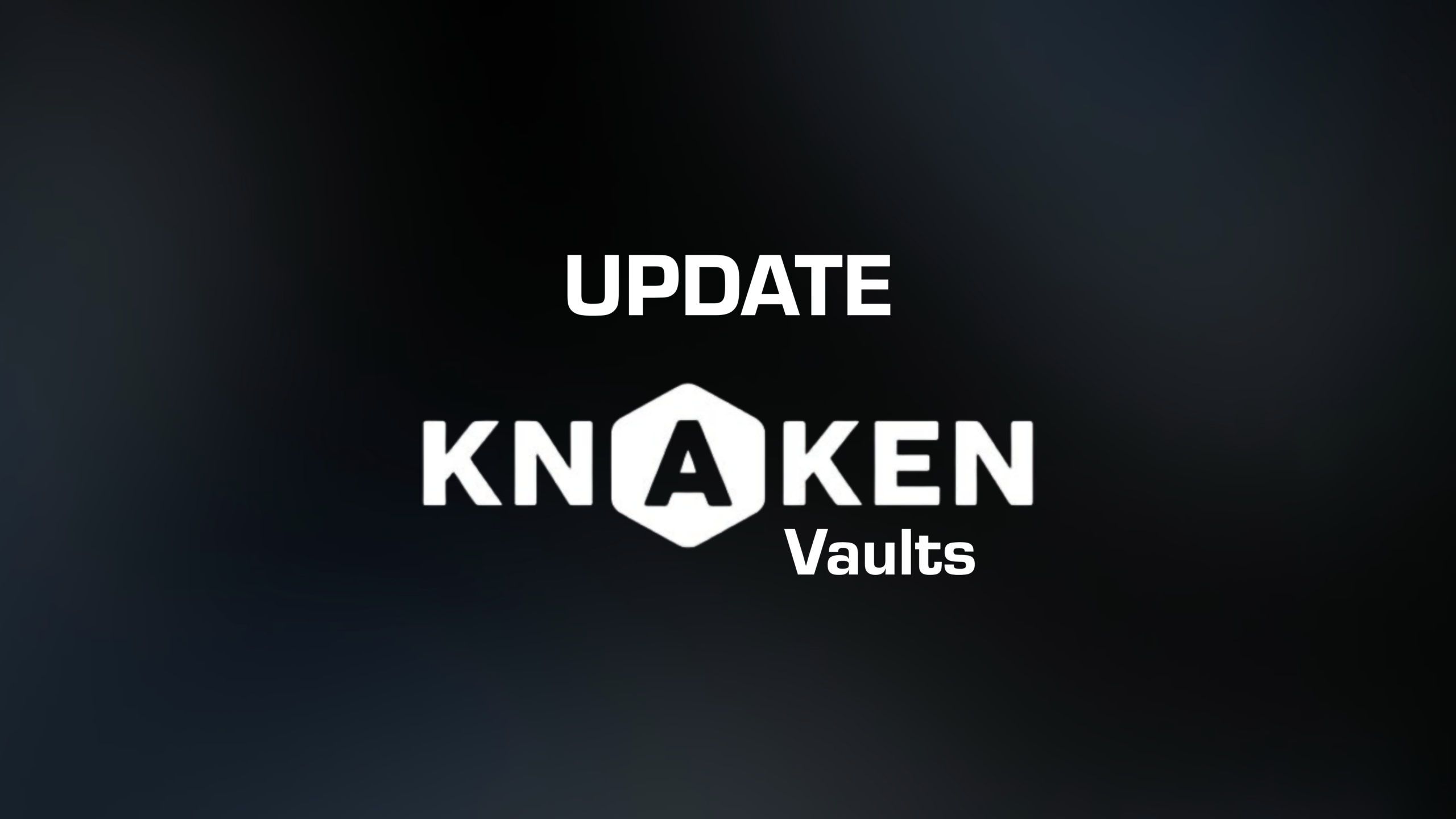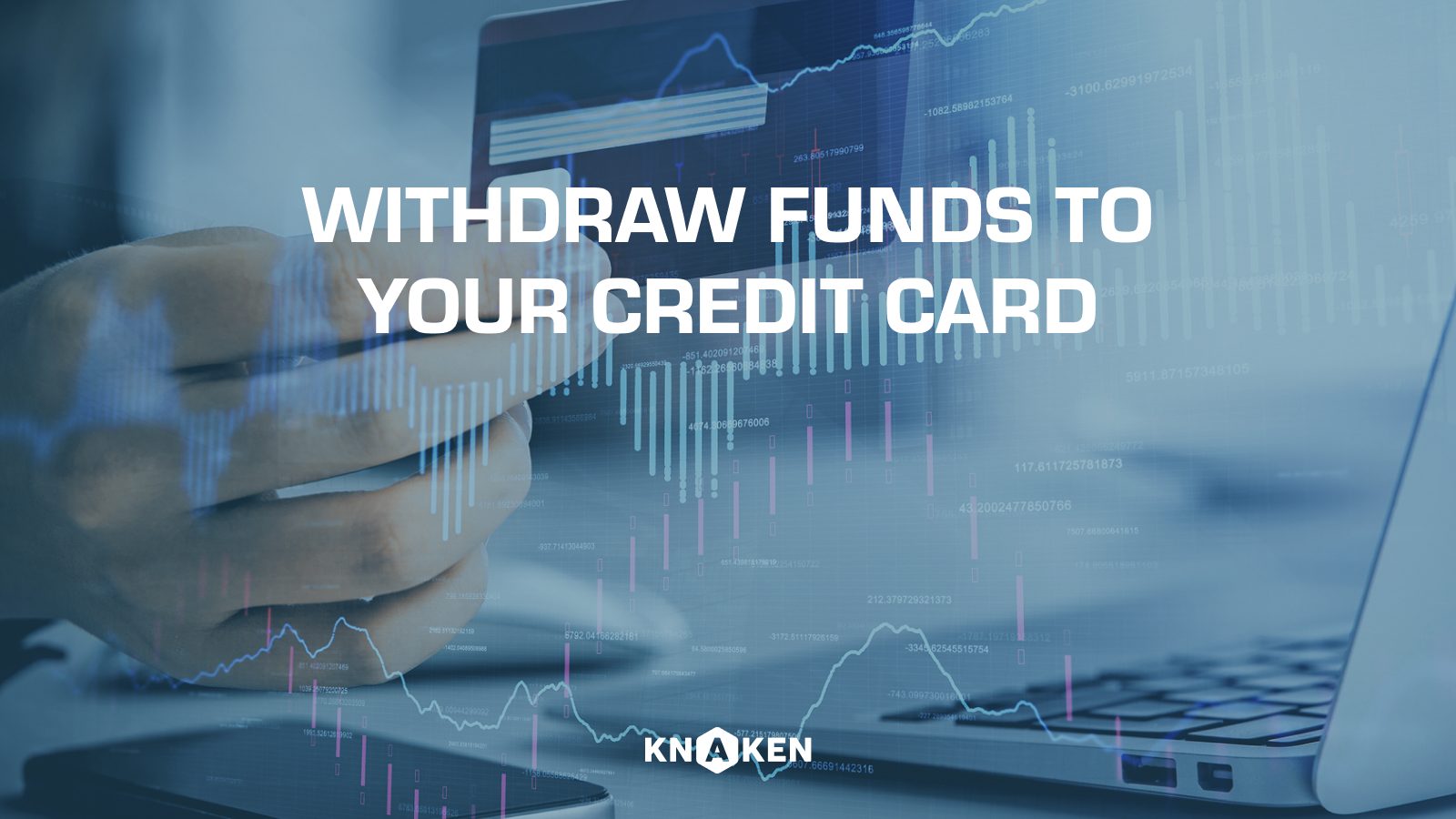Burn Wallet
Introduction to Burn Wallet
A **Burn Wallet** refers to a type of cryptocurrency wallet that is specifically designed to hold digital assets that are permanently removed from circulation. This process is known as “burning” and serves various purposes within the cryptocurrency ecosystem. By sending tokens to a burn wallet, users effectively render them unusable, thus reducing the total supply of the cryptocurrency in question. This can create scarcity, potentially increasing the value of the remaining tokens.
Purpose of a Burn Wallet
The concept of a burn wallet is primarily used for the following reasons:
- Reducing Supply: By burning tokens, projects can decrease their total supply, which may lead to potential price appreciation.
- Transaction Fee Refunds: Occasionally, projects may burn tokens as a way to reward users or distribute transaction fees back to the community.
- Building Trust: By demonstrating a commitment to reducing the supply, developers can bolster investor confidence in the project.
How Burn Wallets Work
Burn wallets function by utilizing a cryptographic address that no one can access or control. When tokens are sent to this address, they are effectively “burned” as follows:
- Creating a Burn Address: A burn address is usually generated by creating a random public key with no corresponding private key.
- Sending Tokens: Users can send tokens to the burn wallet address, which will not allow any further transactions.
- Proof of Burn: After tokens are sent to the burn wallet, they often remain on the blockchain as a permanent transaction record. This provides evidence of the burn.
Common Characteristics of Burn Wallets
Burn wallets exhibit several notable characteristics:
- Unreachable: There is no private key associated with a burn wallet, making the assets within it forever inaccessible.
- Transparent: Transactions to and from burn wallets can be tracked on the blockchain, providing transparency to the token-burning process.
- Irreversible: Once tokens are sent to a burn wallet, the action cannot be reversed, emphasizing the permanency of the burn.
Impacts of Using a Burn Wallet
The utilization of burn wallets can have various impacts on the cryptocurrency ecosystem, some of which include:
- Inflation Control: By reducing the total supply of tokens, developers can manage inflation and support price stability.
- Community Engagement: Burn events often involve community participation, fostering a sense of involvement and loyalty among holders.
- Market Perception: The act of burning tokens can influence market sentiment, leading to speculation about potential future value increases.
Examples of Burn Wallets in Action
Many cryptocurrencies and tokens have utilized burn wallets effectively. Some notable examples include:
- Binance Coin (BNB): Binance implements quarterly token burns as part of its commitment to reduce supply until 50% of the total supply is burned.
- Ethereum (ETH): Ethereum introduced a burn mechanism with the EIP-1559 proposal, where a portion of transaction fees is burned, thereby reducing inflation.
- Shiba Inu (SHIB): The SHIB community often engages in burn events, sending tokens to burn wallets to increase scarcity.
Conclusion
A burn wallet serves as a crucial tool in the arsenal of cryptocurrency projects aiming to enhance scarcity, control inflation, and build a robust community. By understanding the concept and mechanics behind burn wallets, investors and enthusiasts can better appreciate the strategies that influence the value and supply of digital assets. Given their significance in the cryptocurrency ecosystem, burn wallets represent a unique intersection of technology, economics, and community engagement.


















